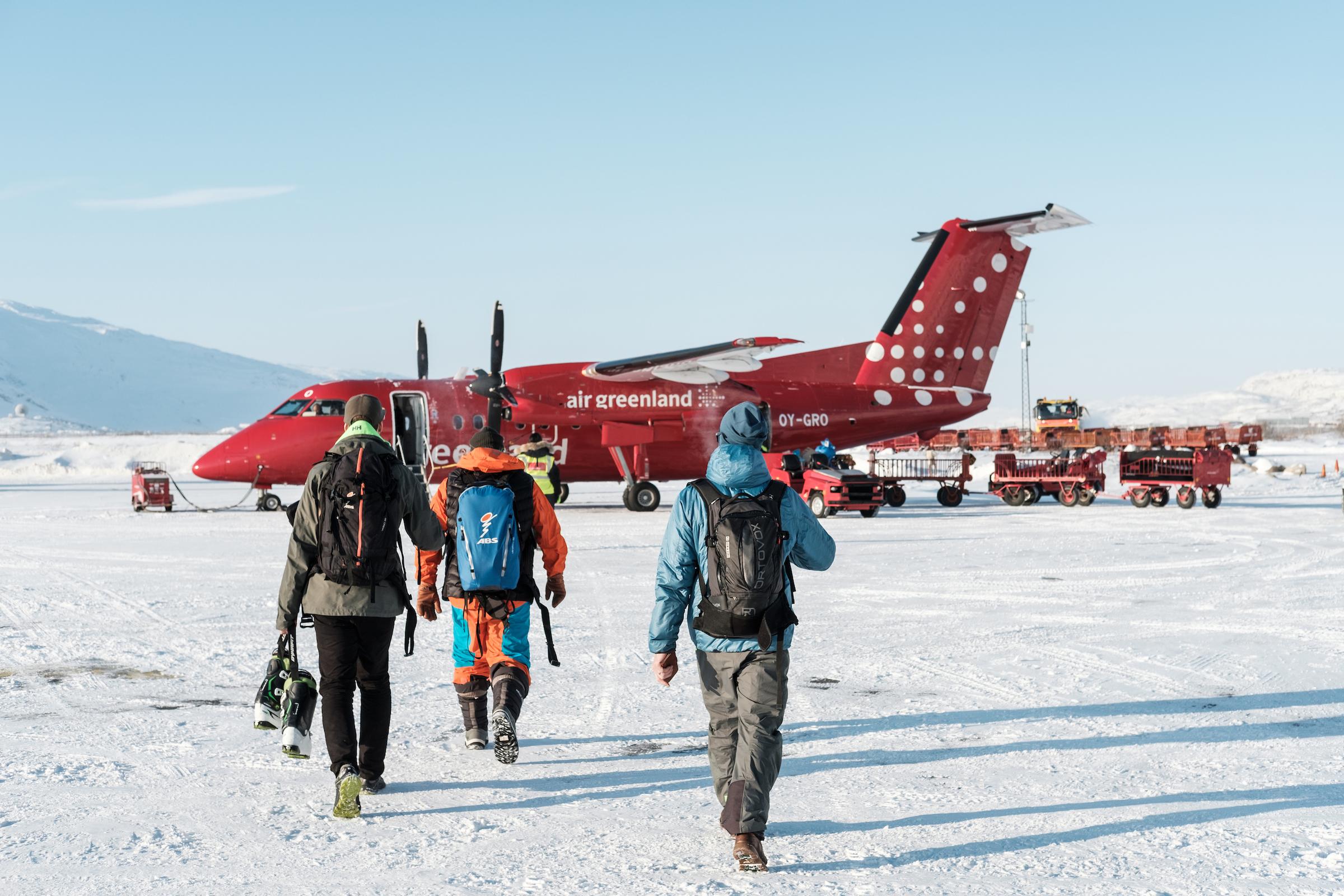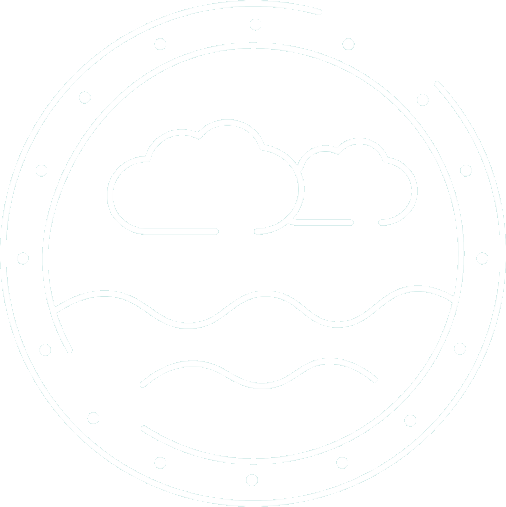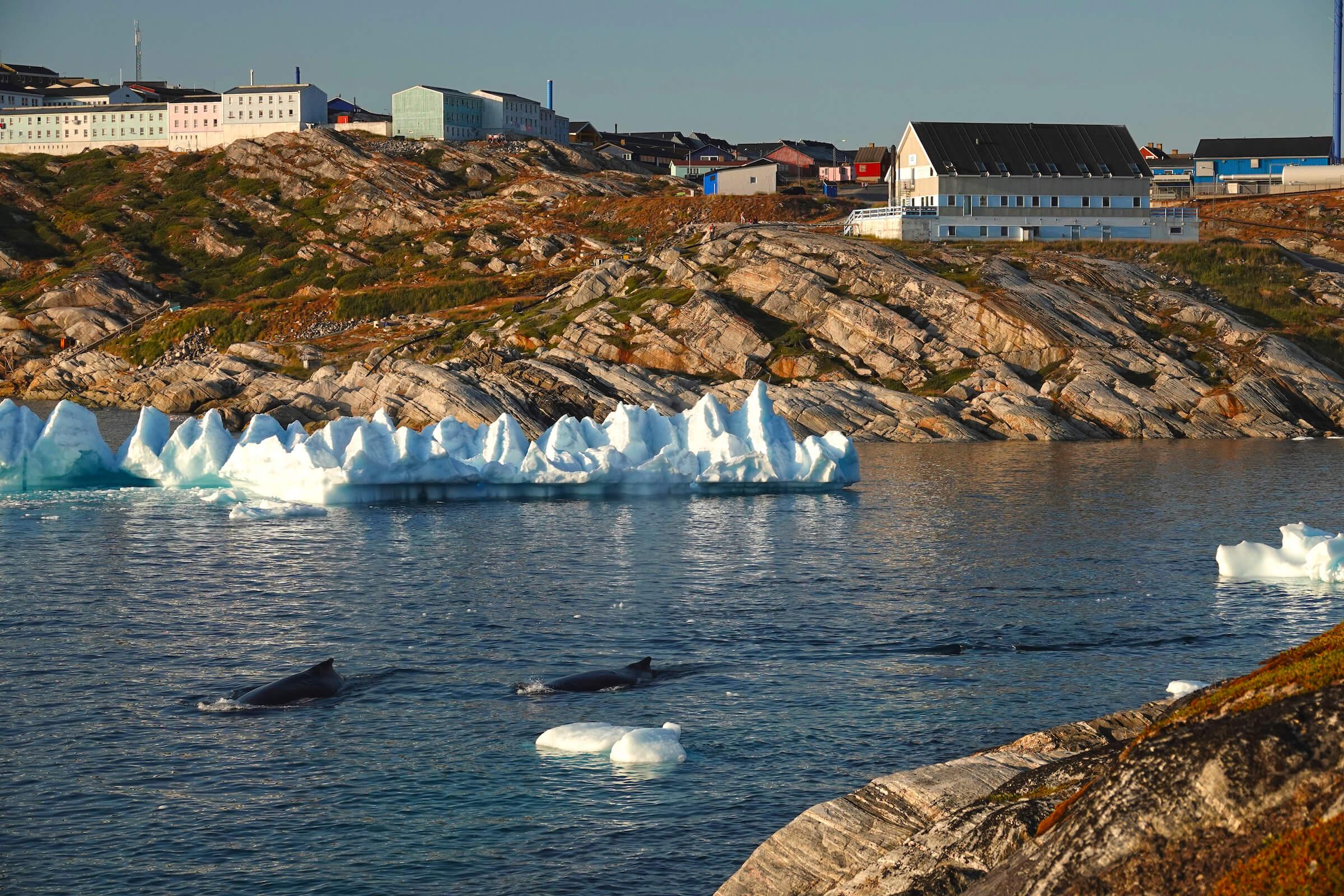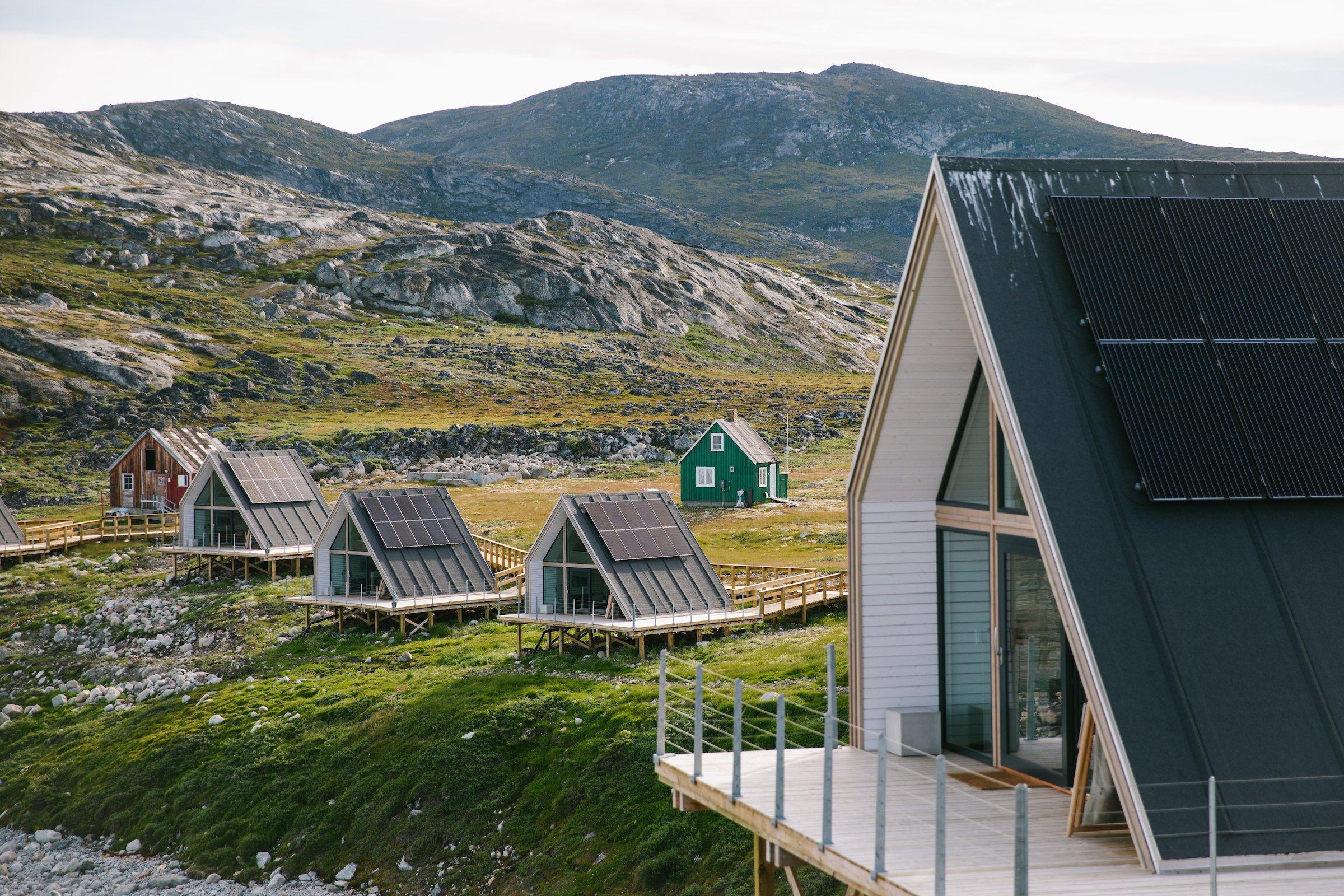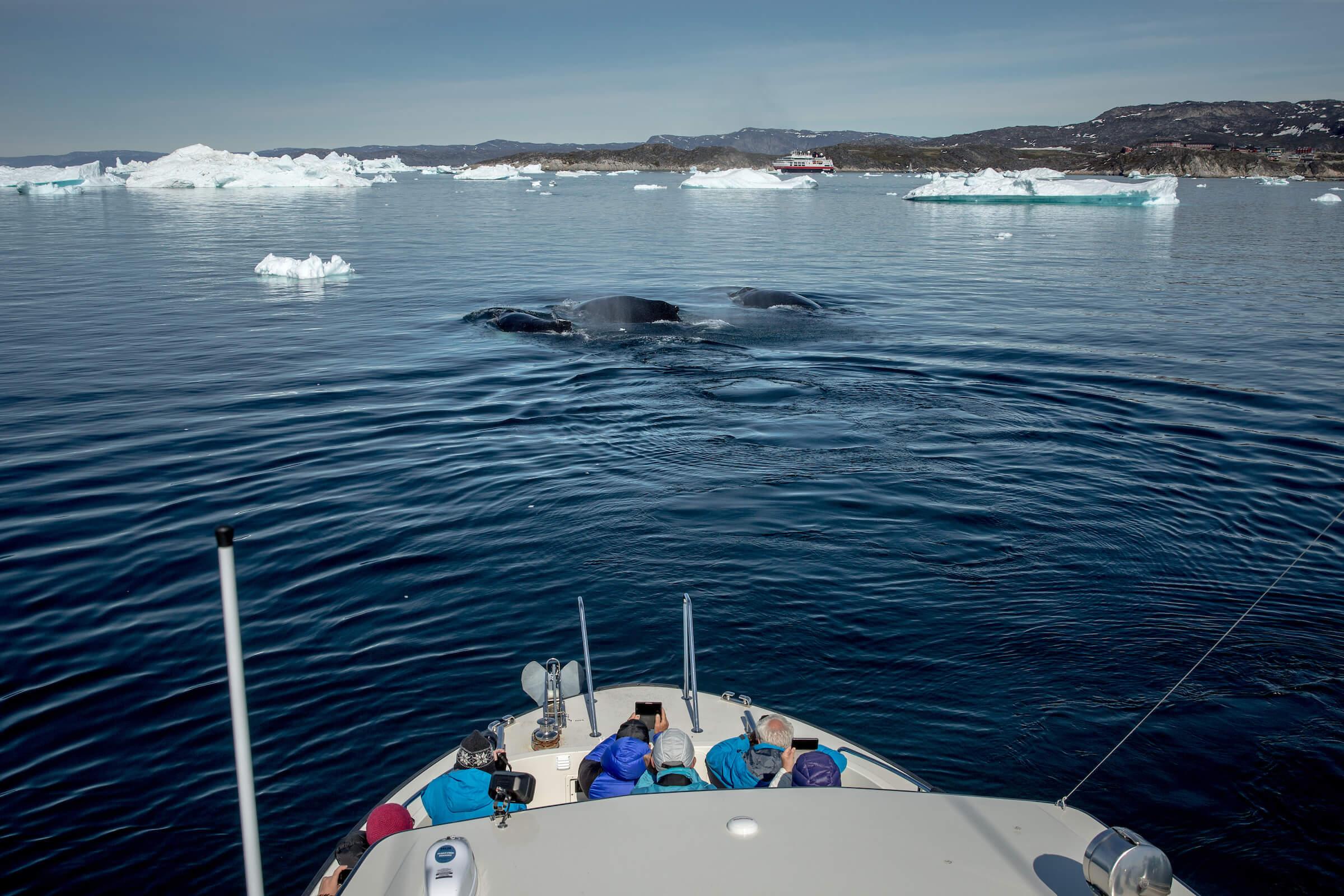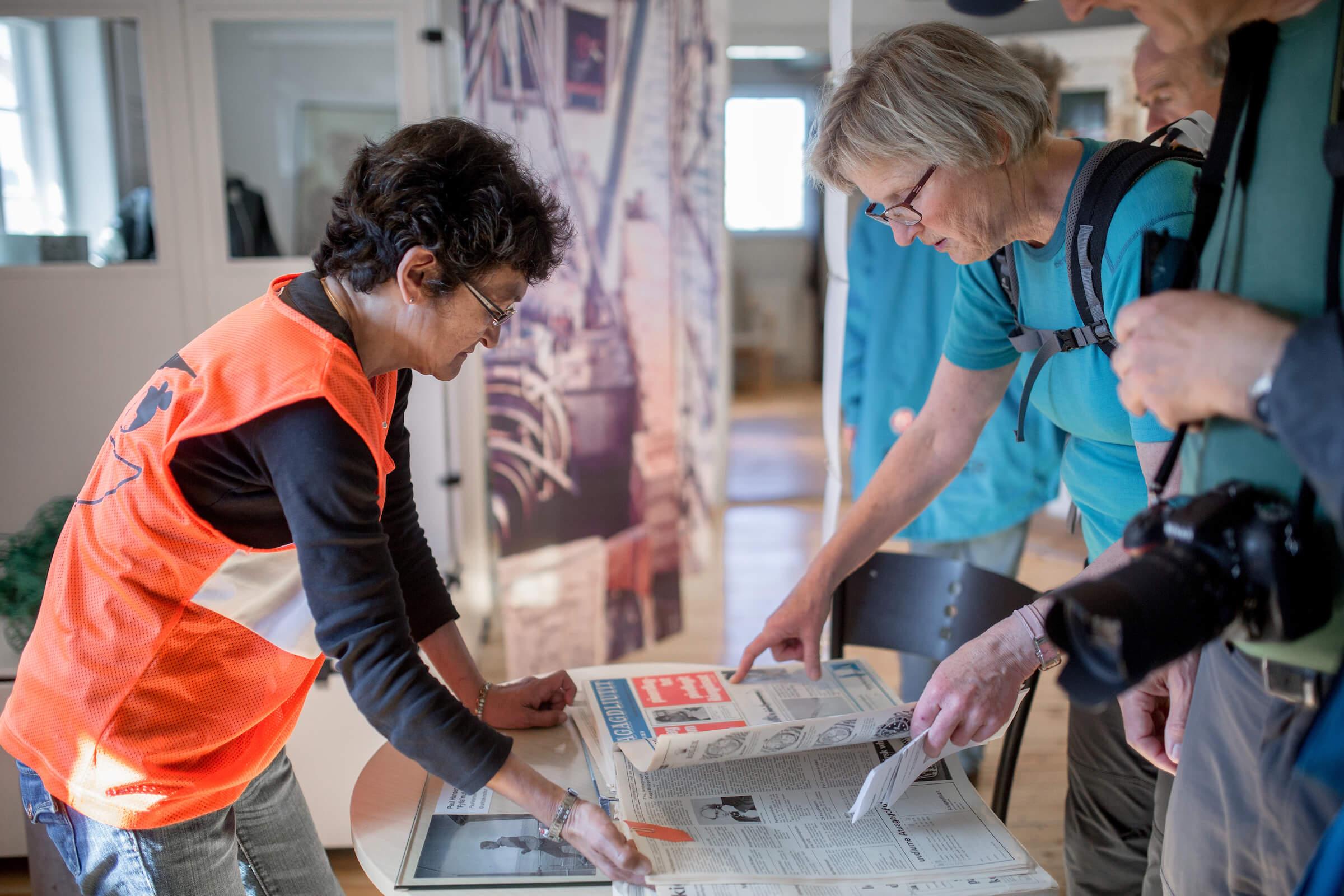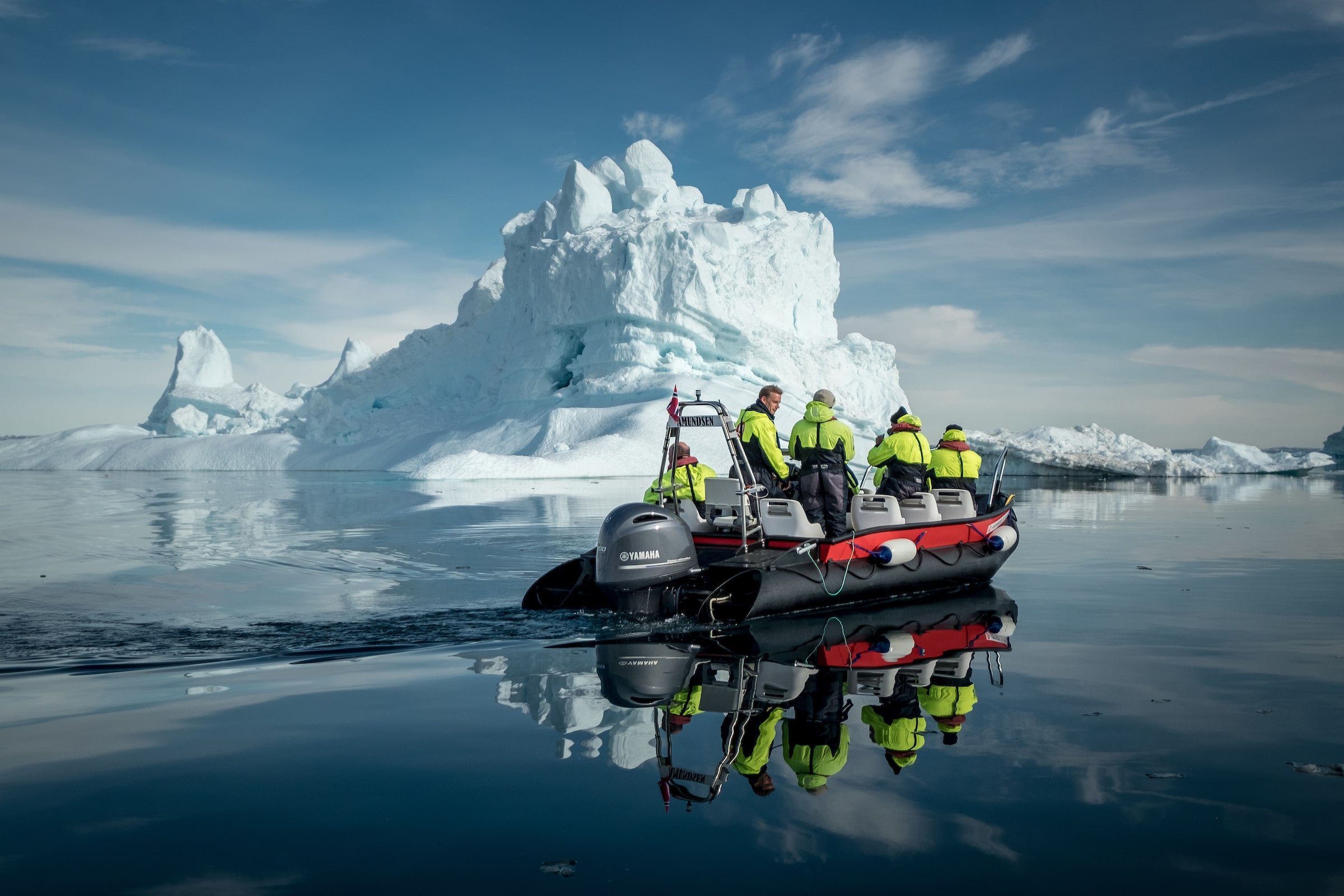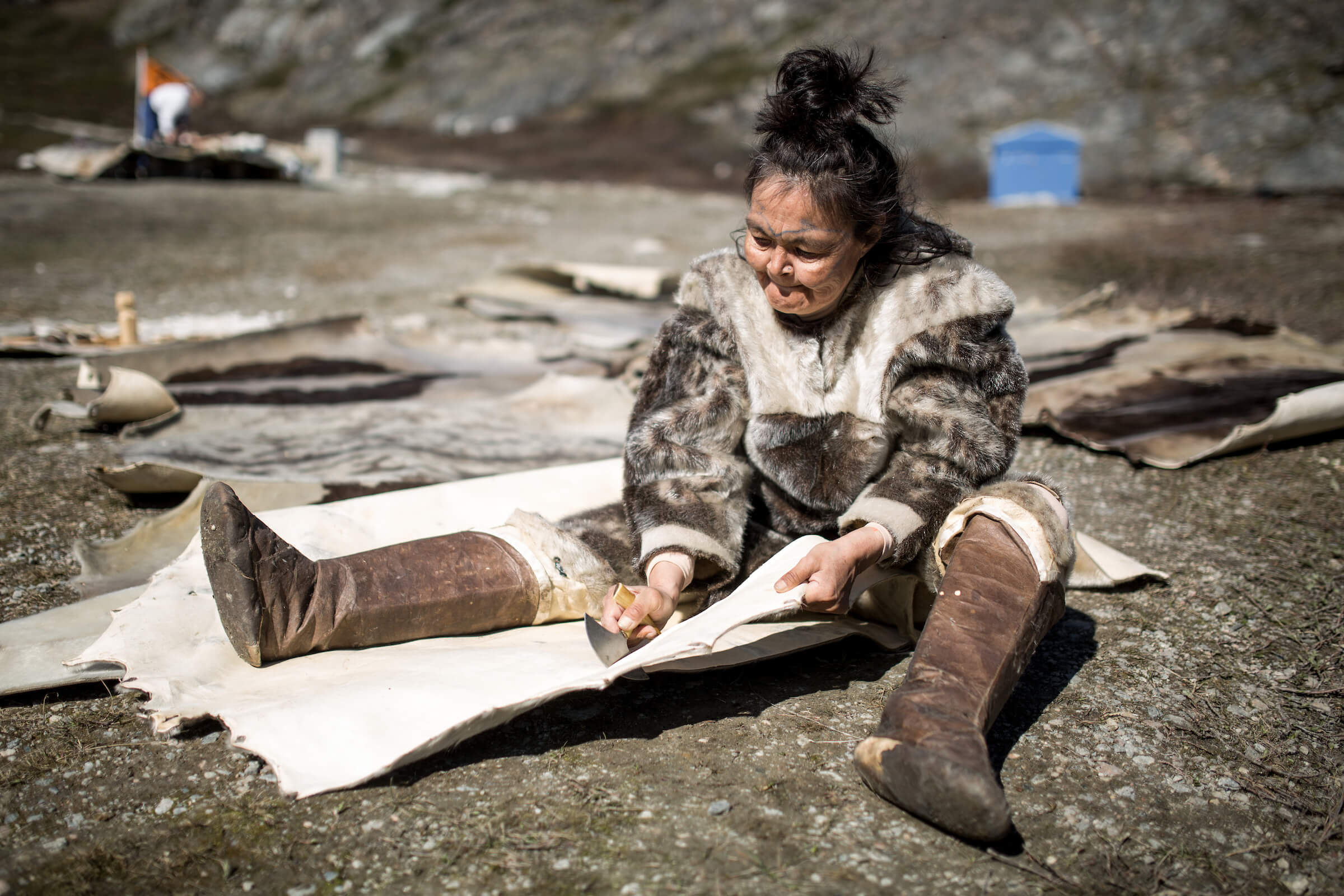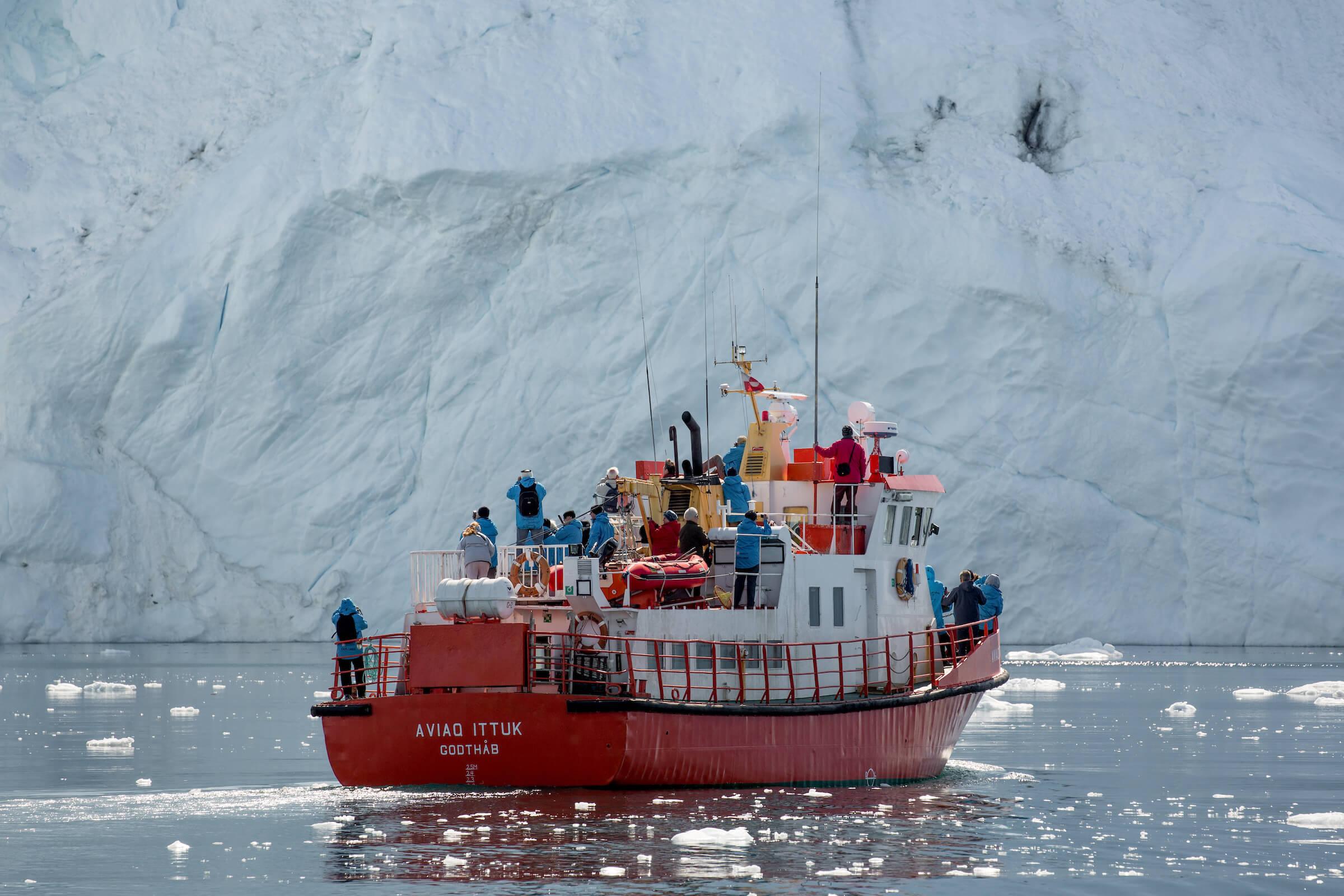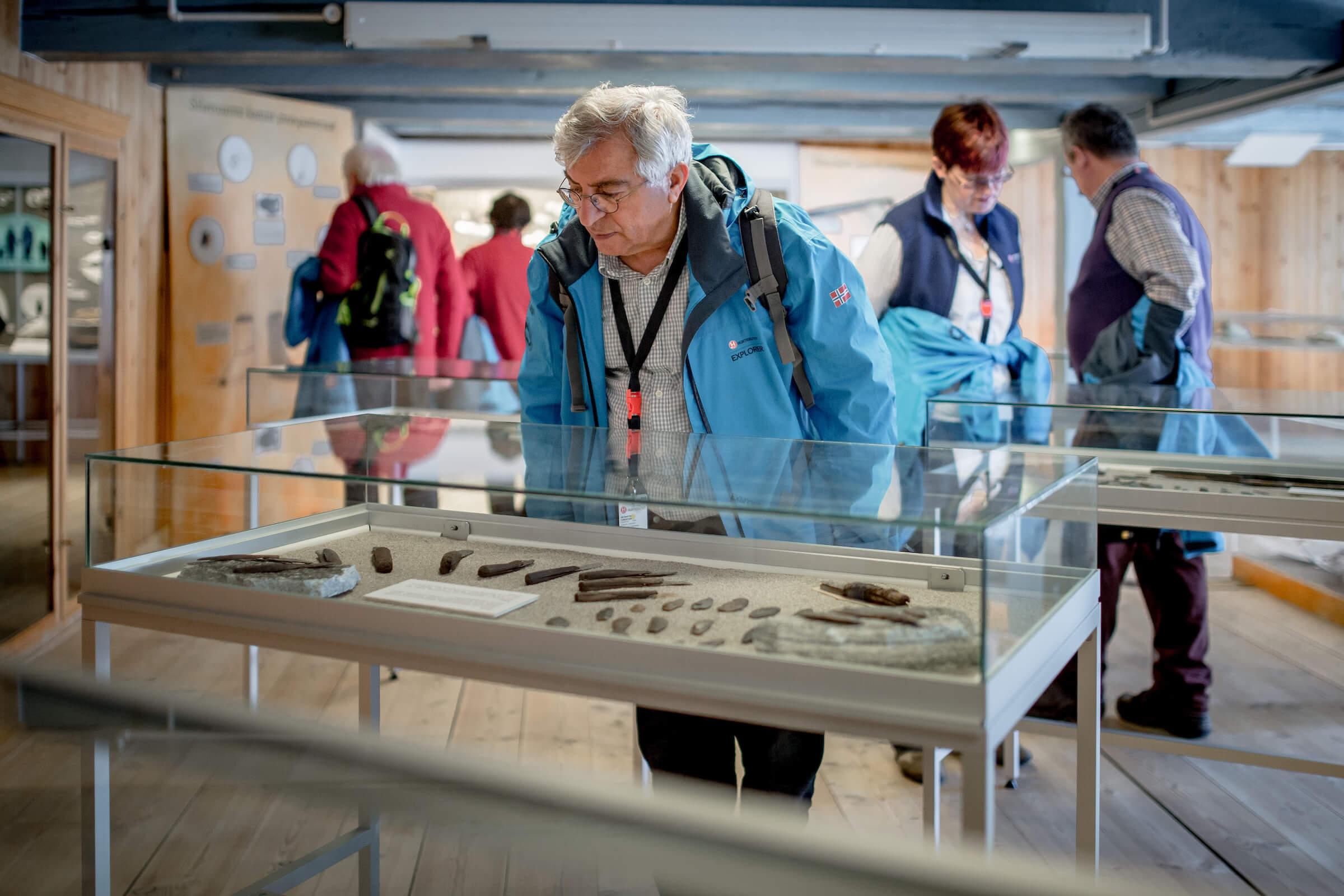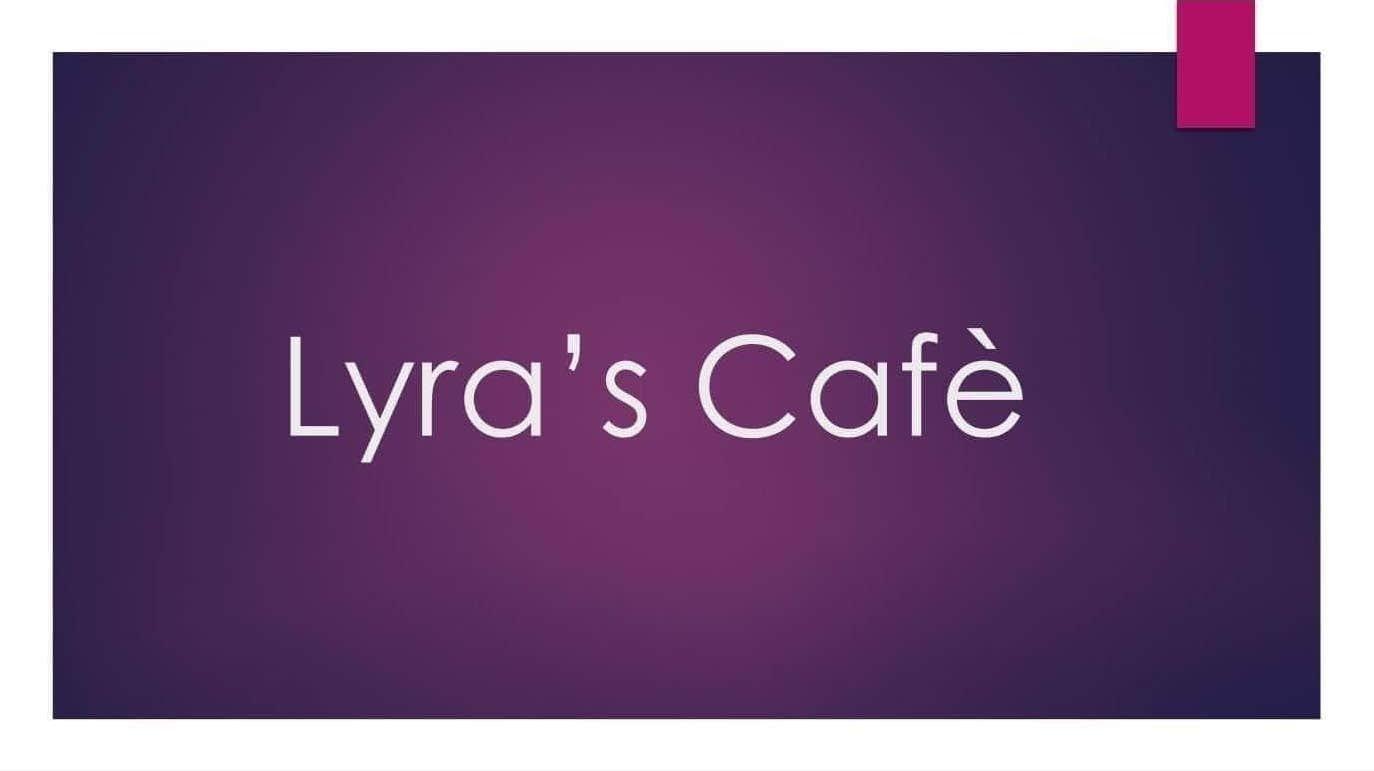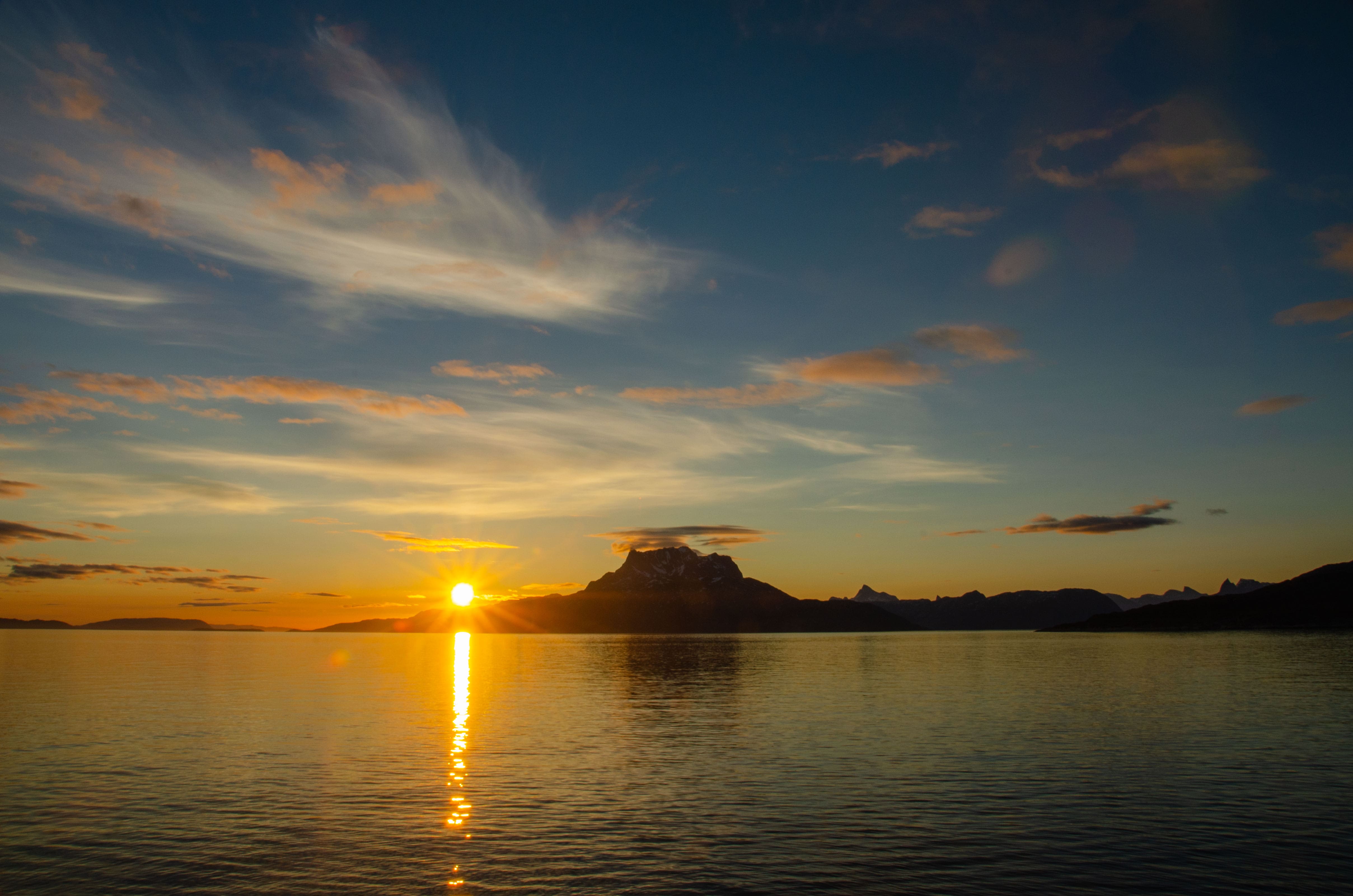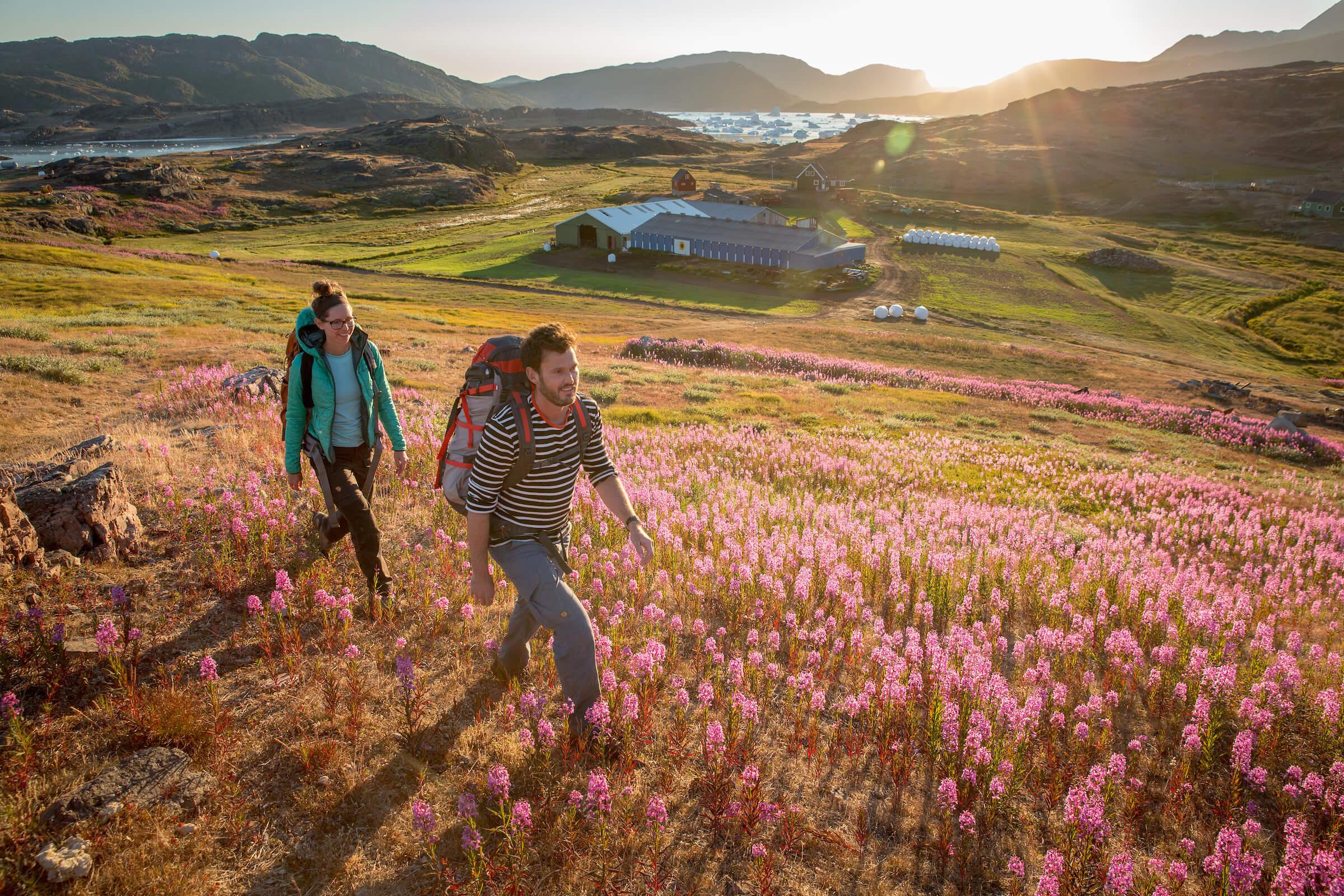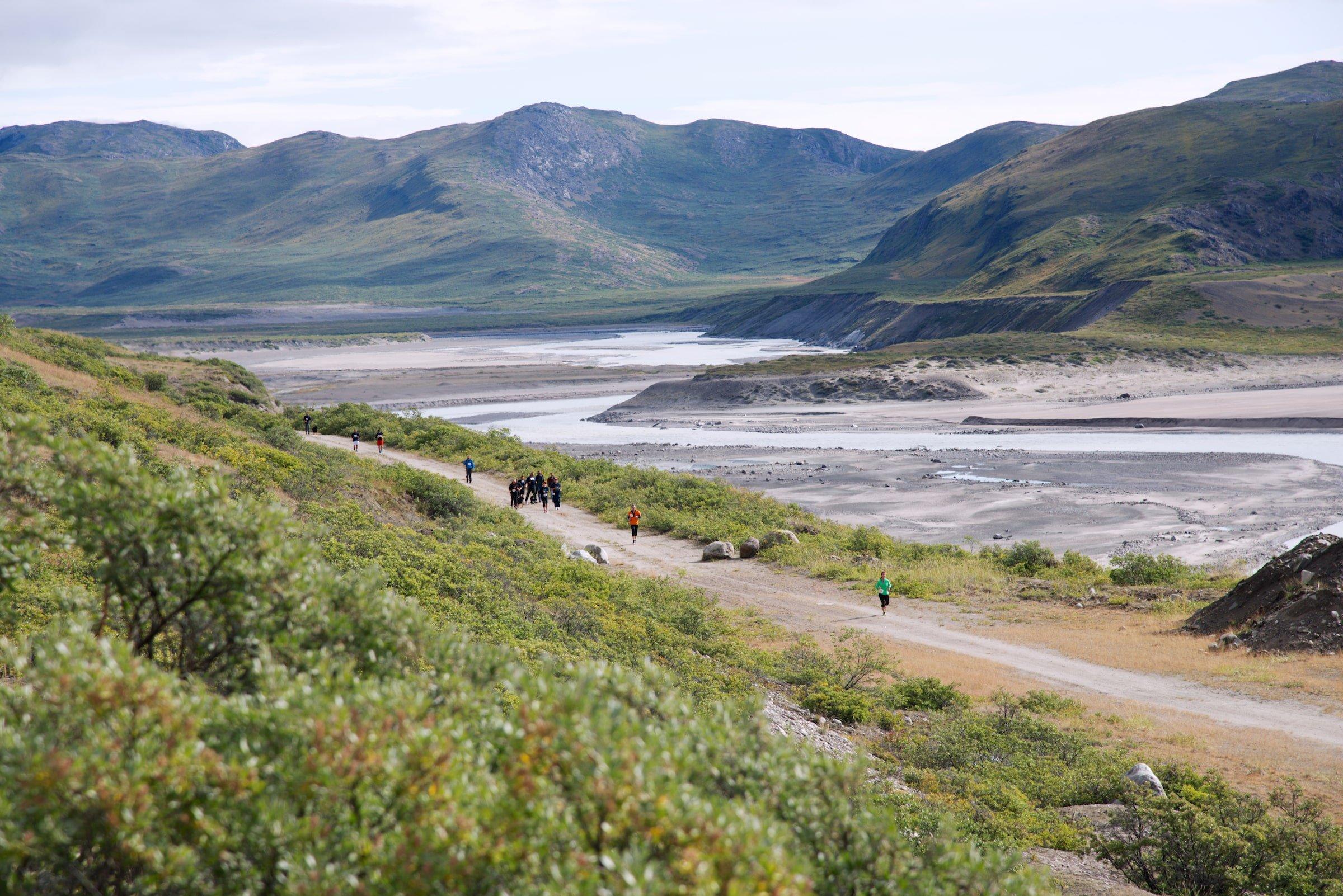Qasigiannguit
Greenland’s hidden paradise where the traditional way of life is showcased amidst a hinterland of freely roaming musk ox and abundant fishing waters
Quick facts
Facts about Qasigiannguit
Name (Greenlandic):
Qasigiannguit
Name (danish):
Christianshåb
Region in Greenland:
North Greenland
Coordinates:
68°49′12″N 51°11′35″W
Postcode:
3951
Airport code:
JCH
Population:
1037 (2023)
Municipality:
Qeqertalik
- Qasigiannguit is Greenland’s second-oldest town and contains Greenland’s oldest surviving wooden building
- Qassigiannguit’s main industry is fishing – particularly for shrimp and halibut
- Qasigiannguit means “small spotted seals” in the Greenlandic language. Its Danish name was Christianshåb, in honor of King Christian VI of Denmark, when it was a colony.
Useful information
QASIGIANNGUIT WEATHER
Tips
-
Qasigiannguit has one Pilersuisoq supermarket that stocks a little of everything, as well as several smaller kiosks.
-
You should aim to bring all of your outdoor equipment with you, as the supermarket carries only limited, basic supplies and Nea clothing shop is your best bet for additional clothing.
-
Souvenirs can be purchased from the Diskobay Tours shop, and perhaps the Nea gift shop, or you can purchase or make your own at the museum.
Closest ports of entry:
Tourist information:
Useful phone numbers:
Police
(+ 299) 70 14 23
Hospital
(+299) 91 12 11 (from 8am-16pm), (+299) 89 22 11 (after 16pm)
Taxi
(+299) 54 03 75 / (+299) 56 05 55 / (+299) 54 08 00

Why Qasigiannguit
Surrounded by an extensive backcountry that secrets little-known hiking trails, herds of musk oxen, ancient archaeological sites, impressive glaciers, and the spectacular Disko Bay with its uncountable number of whales and cathedral-sized icebergs, Qasigiannguit offers a unique glimpse into daily life in Greenland from several hundred years ago.
It is home to the Living Settlement Project which sees museum volunteers work throughout the year to regain and perfect the skills their ancestors used to survive Greenland’s harsh climate. These traditions are then brought to life in summertime exhibitions and re-enactments that are the focus of the otherwise modern town.



 View map
View map